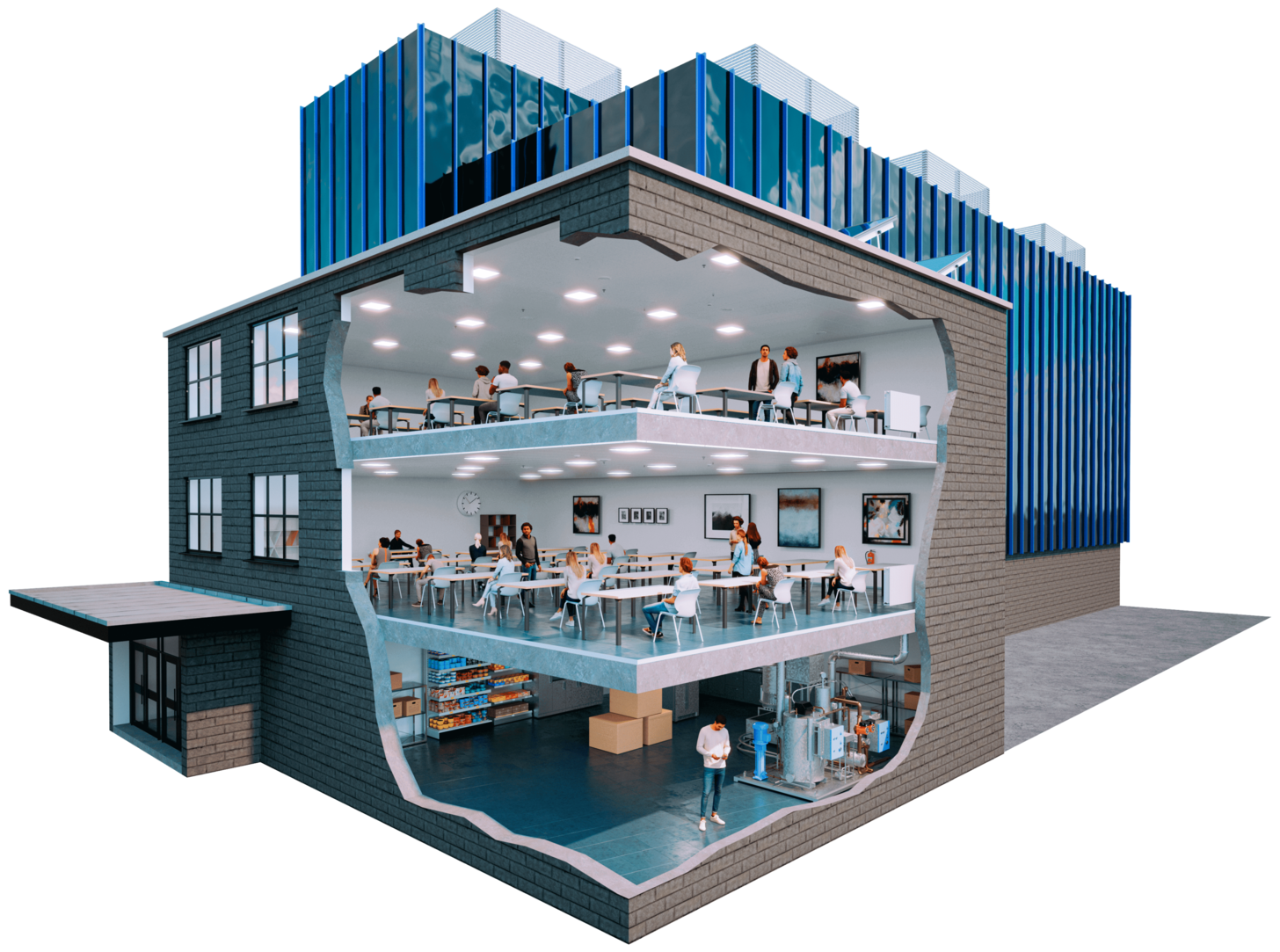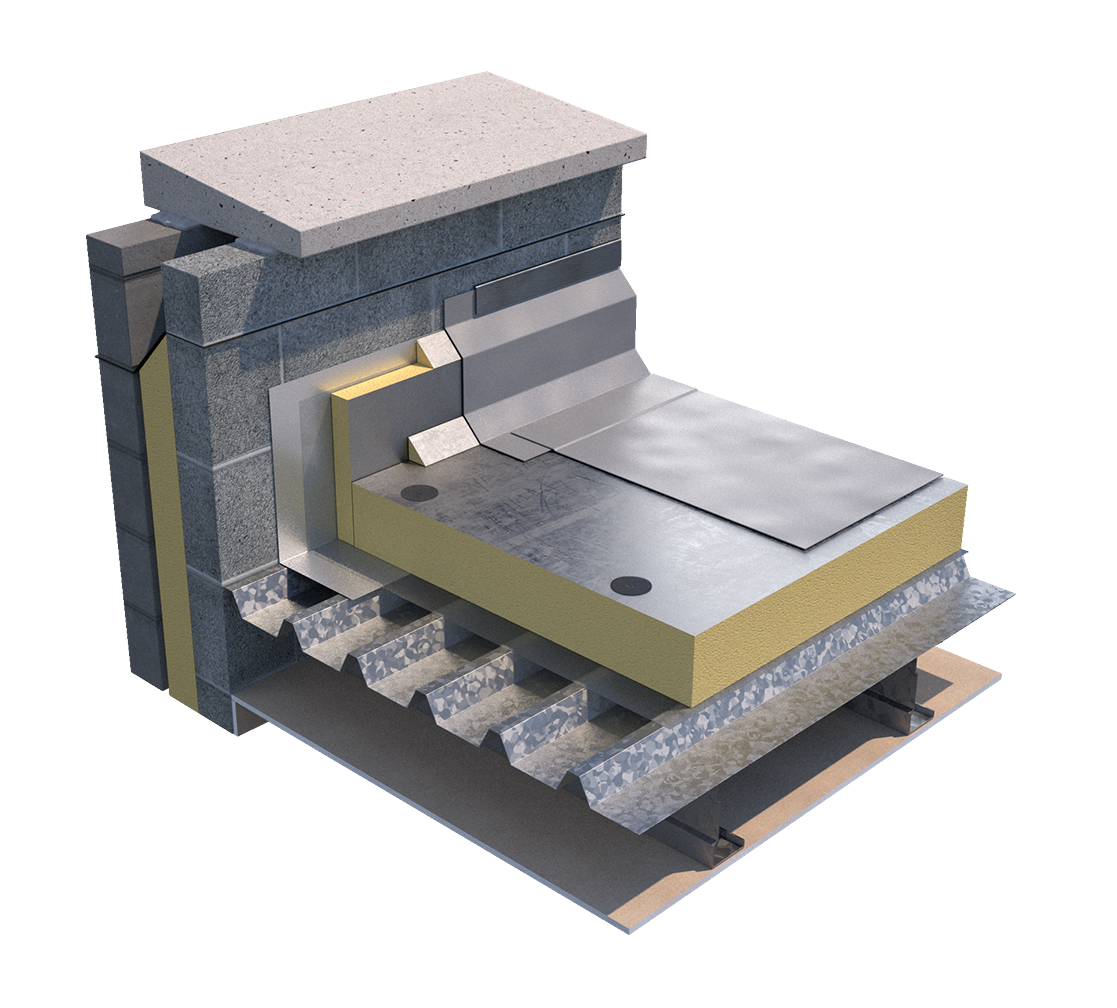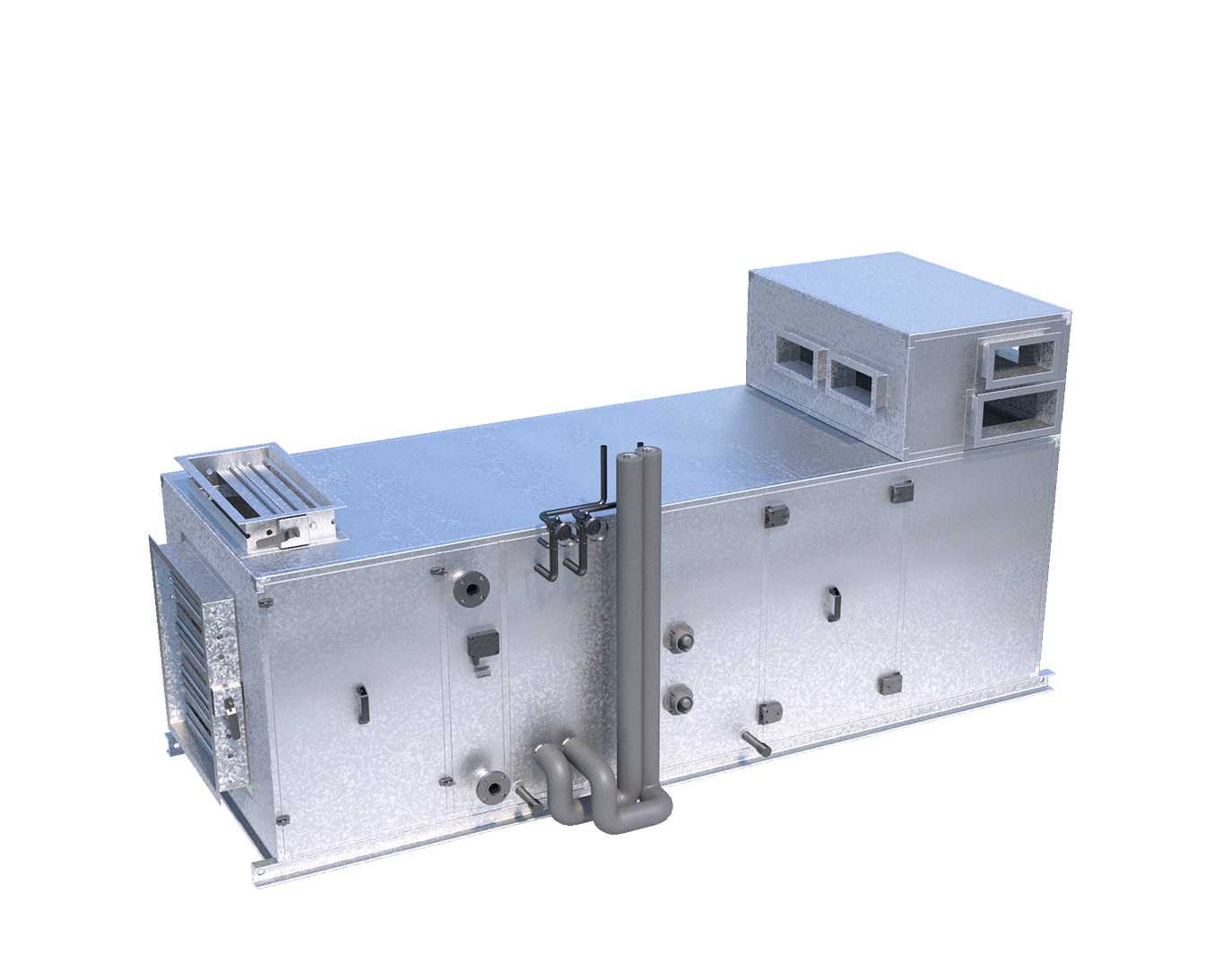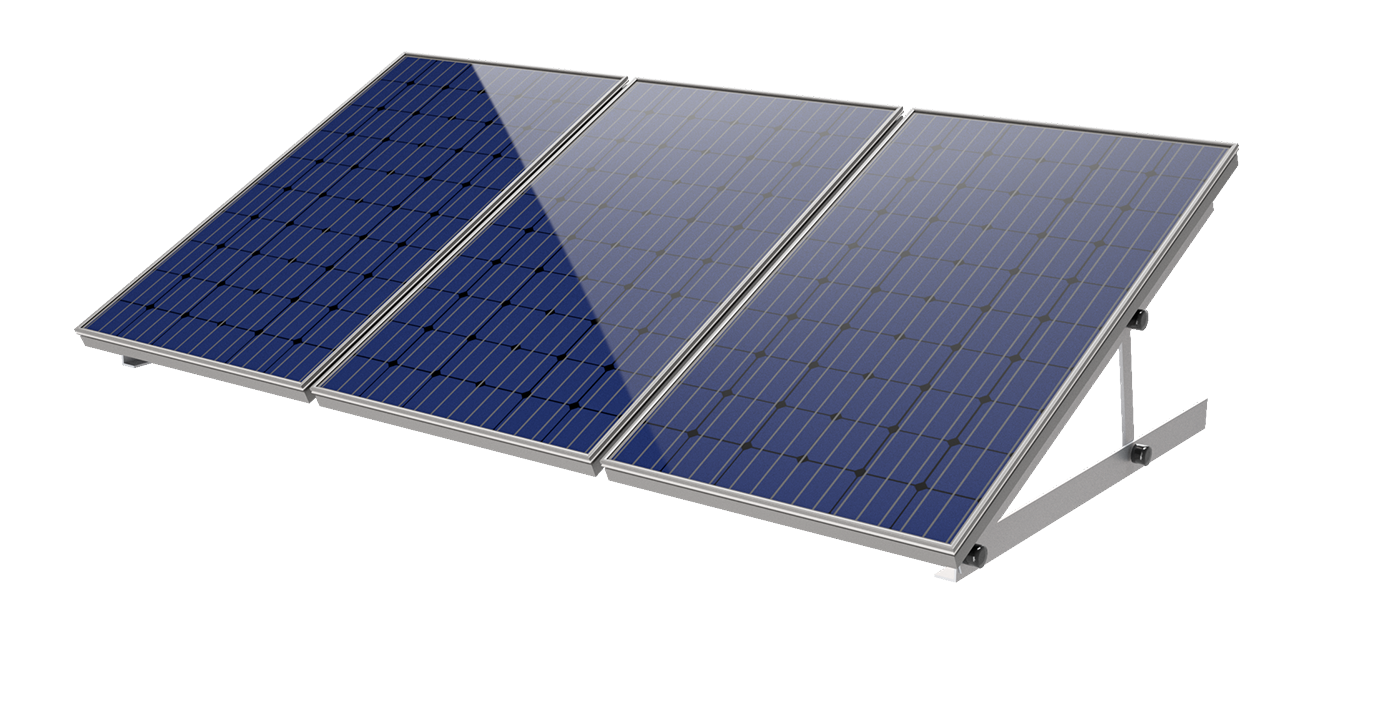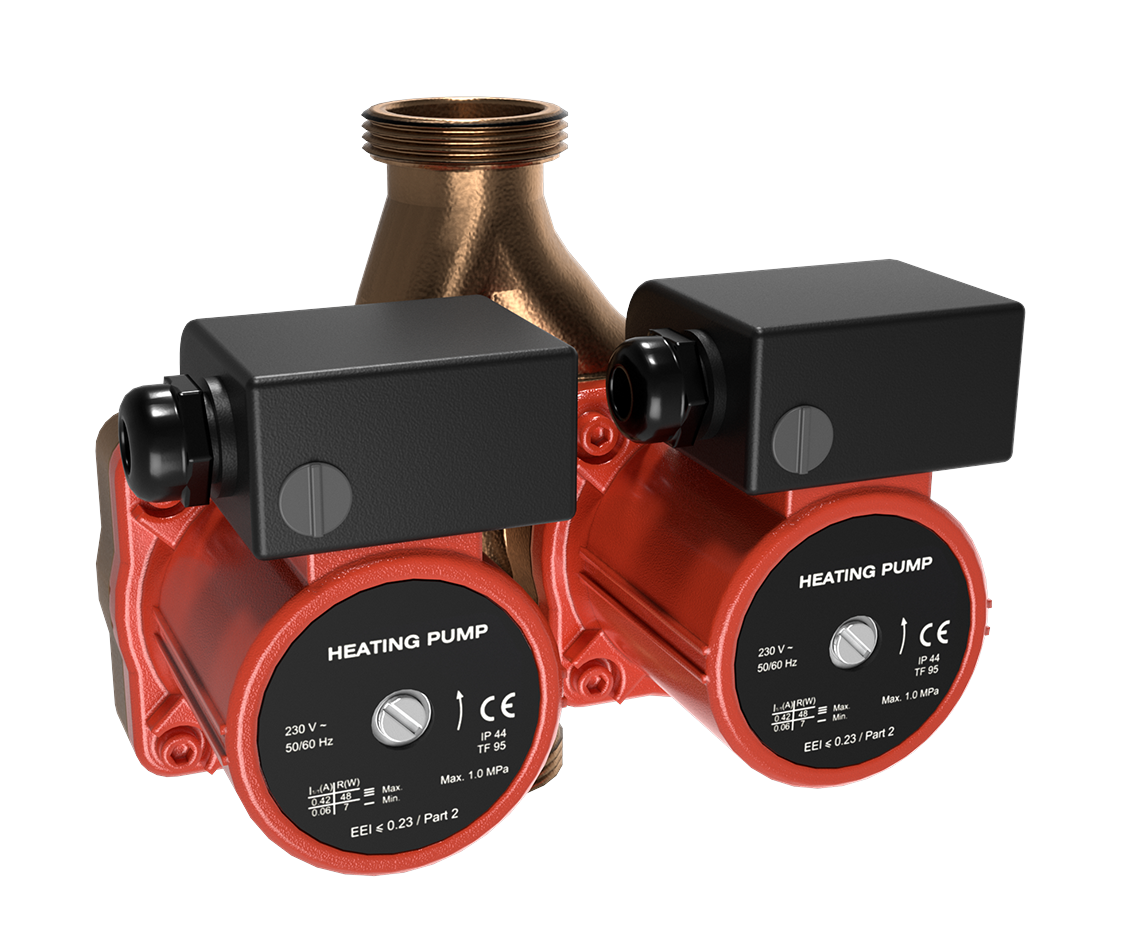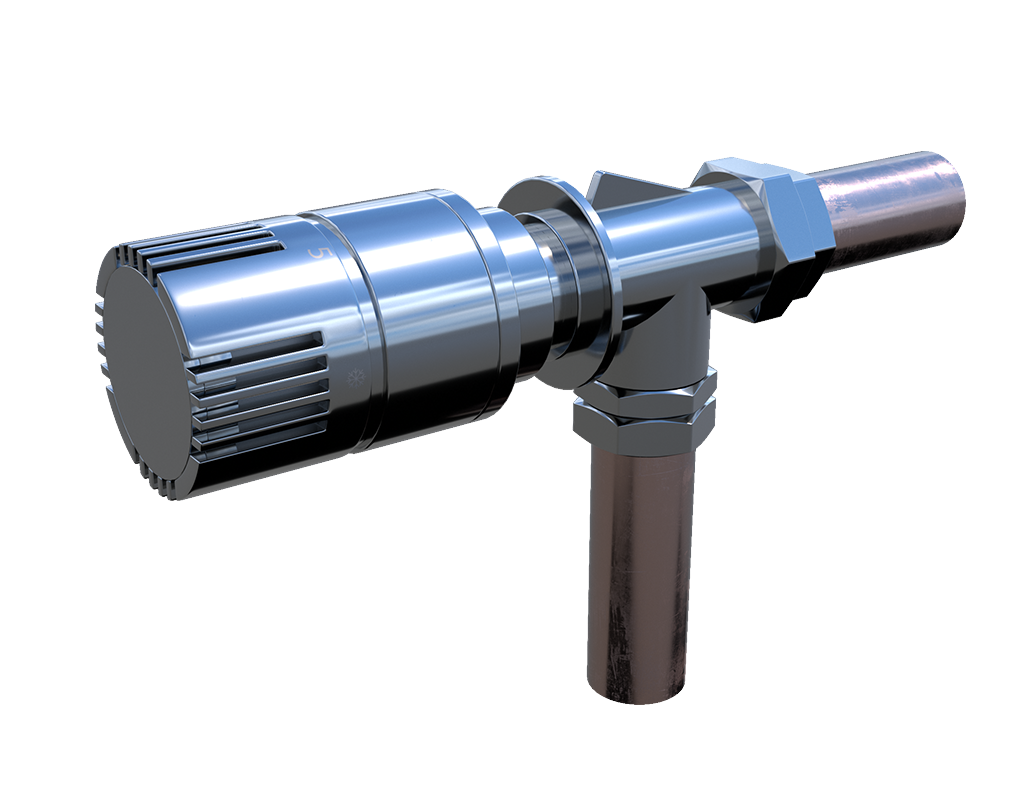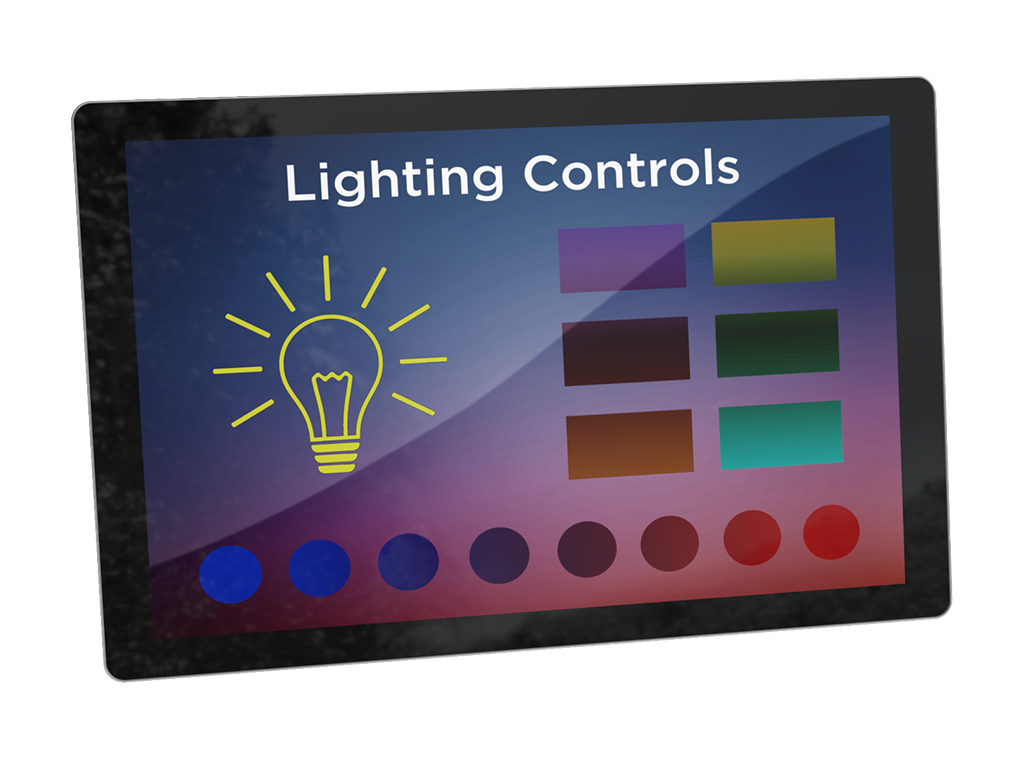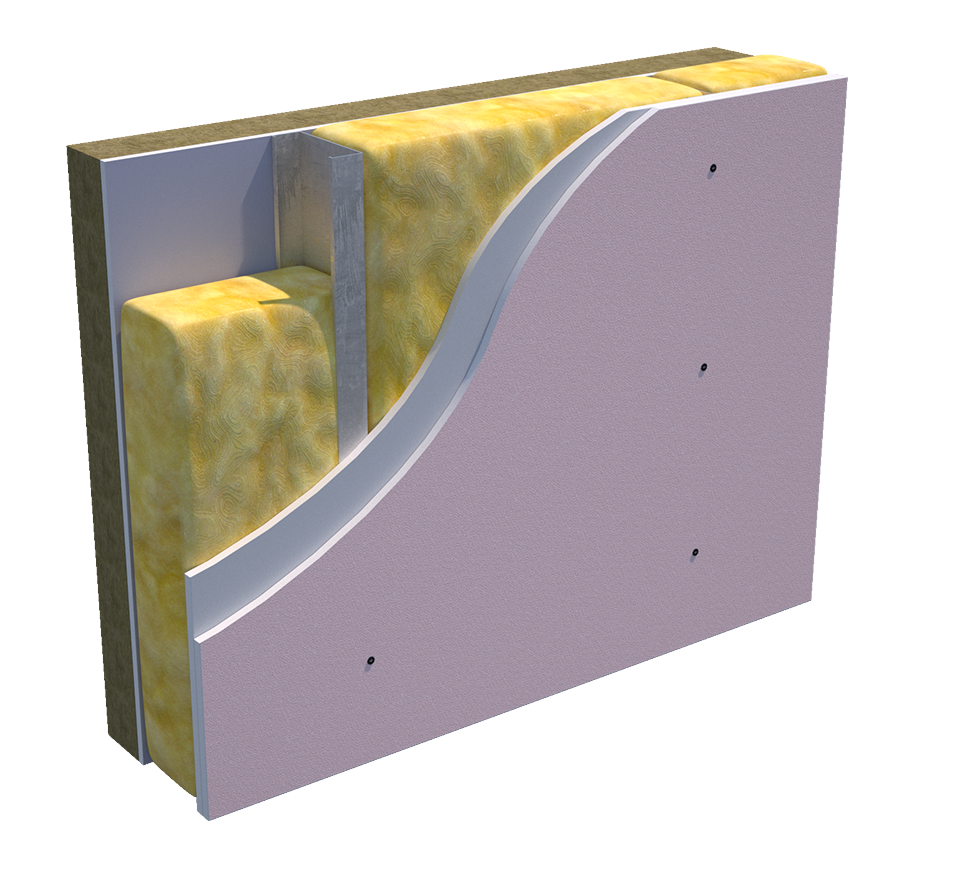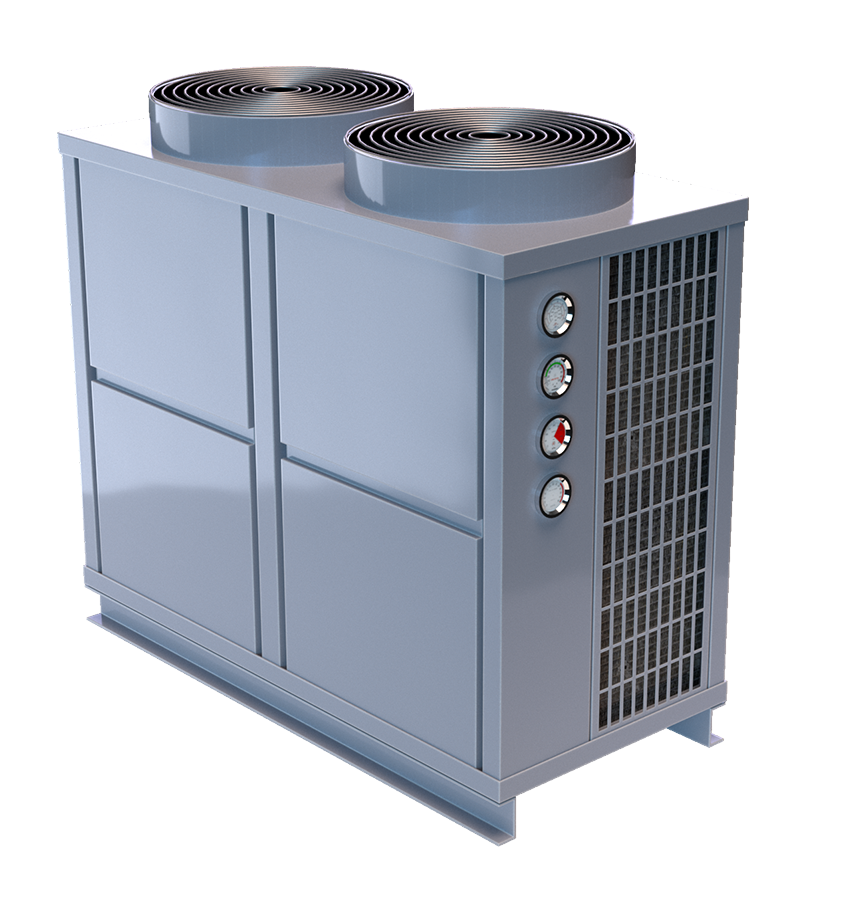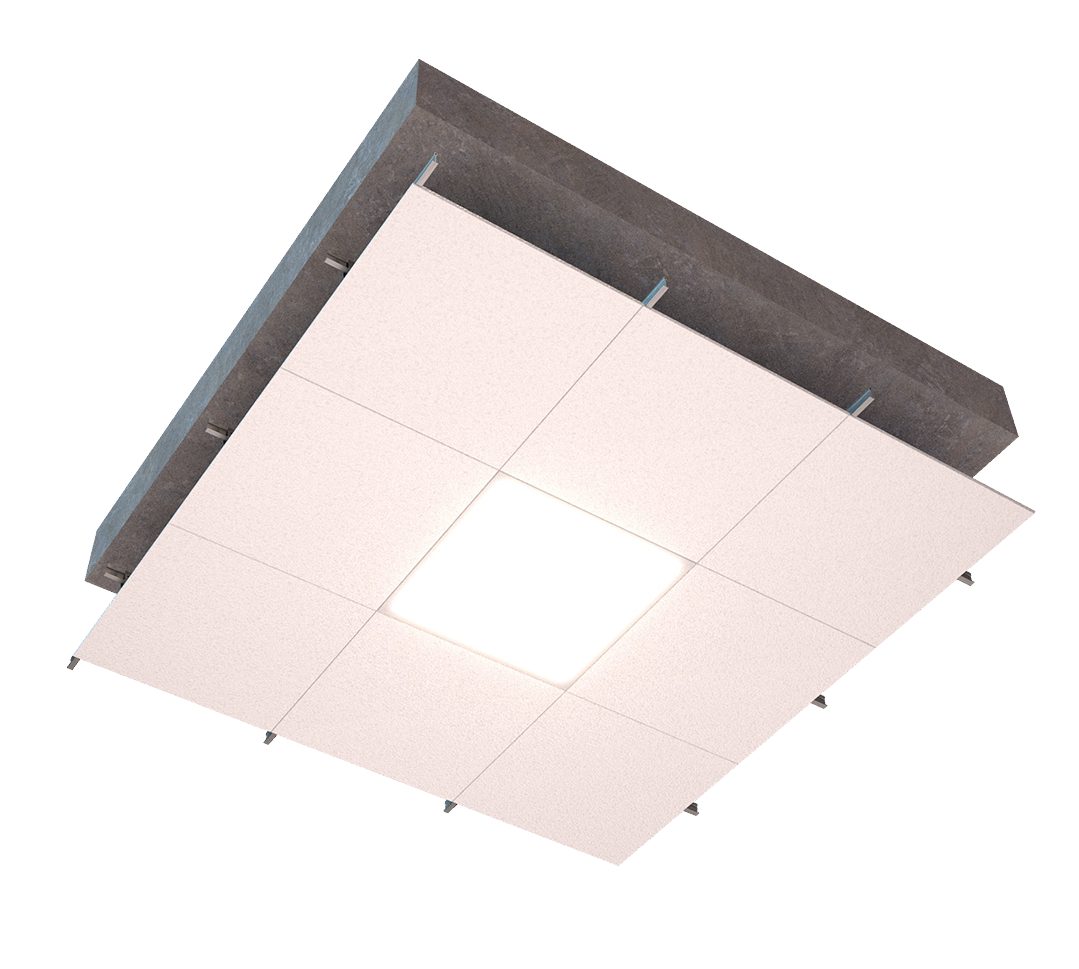Implementing a deep energy retrofit for a building can provide significant economic, environmental, and social benefits to building owners, occupants, and society. This process involves upgrading various building components to increase energy efficiency, resulting in a reduced carbon footprint, energy savings, improved indoor environmental quality, increased asset value, and compliance with regulations. Among the measures typically taken during a deep energy retrofit upgrade to insulation, HVAC systems, lighting, windows, and doors, as well as the installation of renewable energy systems. Notably, this retrofitting process can be carried out in live environments, minimising disruption to occupants. McKeon Group specialises in customised solutions for deep energy retrofits and has worked with commercial, government, and educational clients to create energy-efficient, sustainable, and comfortable buildings.

Several measures are typically taken when retrofitting a building to increase energy efficiency
- Upgrading the building’s insulation:
Insulation keeps the building warm during the winter and cool during the summer, reducing the need for air conditioning and heating. Adding insulation to walls, roofs, and floors can significantly reduce a building’s energy consumption.
- Replacing or upgrading the heating, ventilation, and air conditioning (HVAC) system:
HVAC systems are responsible for a significant portion of a building’s energy consumption. Replacing an older, inefficient HVAC system with a new, energy-efficient one can result in substantial energy savings.
- Installing energy-efficient lighting:
Replacing older lighting systems with newer, more efficient LED lighting can reduce a building’s energy consumption and improve the quality of light.
- Upgrading windows and doors:
Replacing older windows and doors with newer, energy-efficient models can help reduce heat loss in the winter and heat gain in the summer.
- Installing renewable energy systems:
Installing solar panels, wind turbines, or other renewable energy systems can help a building generate energy and reduce its dependence on grid-supplied energy.
These are just some measures usually taken when retrofitting a building for energy efficiency. The actions will depend on the building’s energy usage patterns, construction type, and other factors.
Refer to the interactive image below for information on the various components of energy retrofitting


Roof Insulation
Insulation on the roof creates a thermal barrier between the
interior of the building and the outside environment. In the winter, this barrier prevents heat from escaping from the building and in
the summer, it allows heat to enter the building.

Airtightness Measures
Airtightness measures can significantly reduce the energy needed to
heat or cool a building. By minimising air leakage, the building
envelope can better resist heat loss in cold weather and heat gain
in warm weather.

Doors and Windows
Improved insulation from new doors and windows can reduce the load
on heating and cooling systems, resulting in lower energy
consumption and maintenance costs.
As part of a deep energy retrofit, upgrading doors and windows can
enhance the appearance of a building, add value to the property, save energy, increase comfort, and improve indoor air quality.

Air Handling Unit
Energy-efficient AHUs can help improve indoor air quality, thermal
comfort, and humidity control in a deep energy retrofit, making it
more comfortable and healthy for occupants.

Solar Panels
Solar panels generate electricity that is used to power the
electrical systems in the building. An energy retrofit usually
involves installing solar panels on the building’s roof or exterior
where they receive the most sunlight. In addition to providing
renewable energy, solar panels reduce the environmental impact.

Heating Circulation Pump
Upgrading the heating pump may be necessary to improve the overall
efficiency of the heating system. This may include replacing an old, inefficient pump with a newer, more energy-efficient model or
upgrading the controls to optimize pump performance. These
improvements can help reduce energy consumption and improve the
heating system’s performance.

Thermostatic Radiator Valves
The function of TRVs is to control the flow of hot water into a
radiator, based on the temperature in the room. This helps regulate
the temperature in individual rooms, resulting in energy savings and
carbon emissions.

Lighting Controls
Upgrading the lighting controls in a deep energy retrofit can
improve energy efficiency, comfort, and productivity while reducing
maintenance costs and extending the lifespan of the lighting system.

Wall Insulation
Wall insulation is vital to a deep energy retrofit and can provide
significant energy savings and other benefits.
The insulation slows the movement of heat, reducing heat loss in the
winter and heat gain in the summer, and helps keep the indoor
environment at a more consistent temperature. Additionally, some
insulation materials have air-sealing properties, which can help to
reduce the infiltration of outside air and pollutants into the
building.

Air Source Heat Pump
ASHPs are highly energy-efficient and can save significant energy
compared to traditional heating and cooling systems.

LED Lighting
LED lights are a highly effective way to reduce energy consumption, lower costs, and improve lighting quality in your space.
It consumes significantly less energy than traditional incandescent
or fluorescent lighting systems, and LEDs have much longer lifespans
than conventional lighting systems.
Deep energy retrofits in live environments
Deep energy retrofits are usually done in live environments, which means the retrofit can occur while the building is in use. As a construction company, we understand that deep energy retrofits can be challenging in live environments. That’s why we take a strategic and collaborative approach to ensure that the retrofit is carried out with minimal disruption to occupants.
Completed Deep Energy Retrofits
McKeon Group has completed deep energy retrofits for many clients, including the OPW, HSE, third level colleges, hospitality, food production and pharma. We specialise in creating custom solutions that meet each client’s unique needs and goals, resulting in energy-efficient, sustainable, and comfortable buildings.
Check out our work on one of these projects on UCD, Belfield District Heating System in this video or find out more about SEAI Pathfinder projects here.
Fill in the below form to download your free e-book for more information on how we implement a deep energy retrofit in live environments






